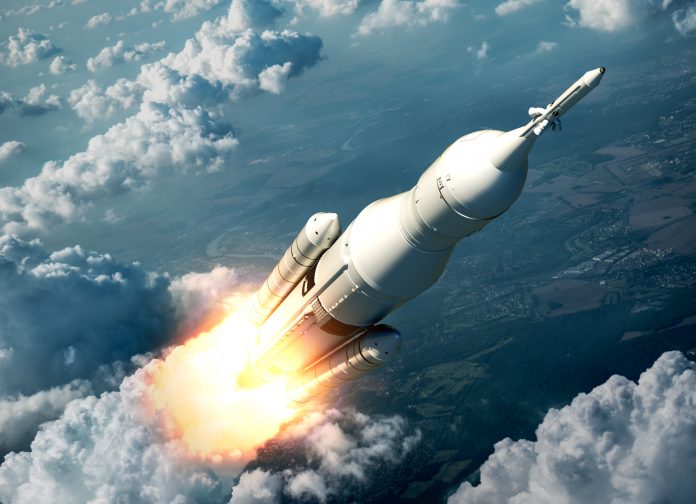On Wednesday, India became the first to land a spacecraft near the moon’s south pole. The Chandrayaan-3 spacecraft’s Vikram ladder touched down shortly after 6 p.m and cost around $75 million
The spacecraft, also known as “moon craft” took off on 14 July and landed on 23 August, taking much longer than the Apollo mission in the 1960s and 70s.
The newest Indian mission used much less powerful rockets than we saw used in the late 60s. Instead of using past tech, the probe orbited Earth several times to gain speed before its journey. The mission, which began a month ago, is thought to cost $75 million and is expected to last another two weeks.
Success after a failed mission in 2019
In the final few minutes before touchdown, the aircraft performed a complex maneuver, slowing down from 3,730 miles an hour to nearly zero and turning from a horizontal to a vertical position.
In 2019, India’s last moon mission, the ladder failed to change position and hurtled towards the surface at the end of this maneuver. The plan for the rover, called Pragyaan, is for it to slide down the ladder and conduct experiments, including analysing the mineral composition of the Luna surface. This will all be done in a two-week period.
Some scientists believe the South Pole may be the most promising site for future bases. If the Pragyaan finds significant quantities of water ice, future missions will be able to set up there and extract oxygen and fuel.
India’s success comes days after Russia’s moon mission failed
Russia recently engaged in its first moon mission in 47 years and targeted the South Pole. The Luna-25 was aiming for the same Luna region as India’s recent success when it spun into an uncontrollable orbit and crashed.
Russia’s head of the state-controlled space corporation Roscosmos said the crash was due to a lack of experience after a long break in Luna research, which followed the last Soviet mission to the moon in 1976.
A rising modern superpower
With nuclear-armed India emerging as the world’s fifth-largest economy last year, the mission’s success was proof of the country’s rising as a technology and space powerhouse.
This Luna mission will likely help Narendra Modi’s popularity before a crucial general election next year.











